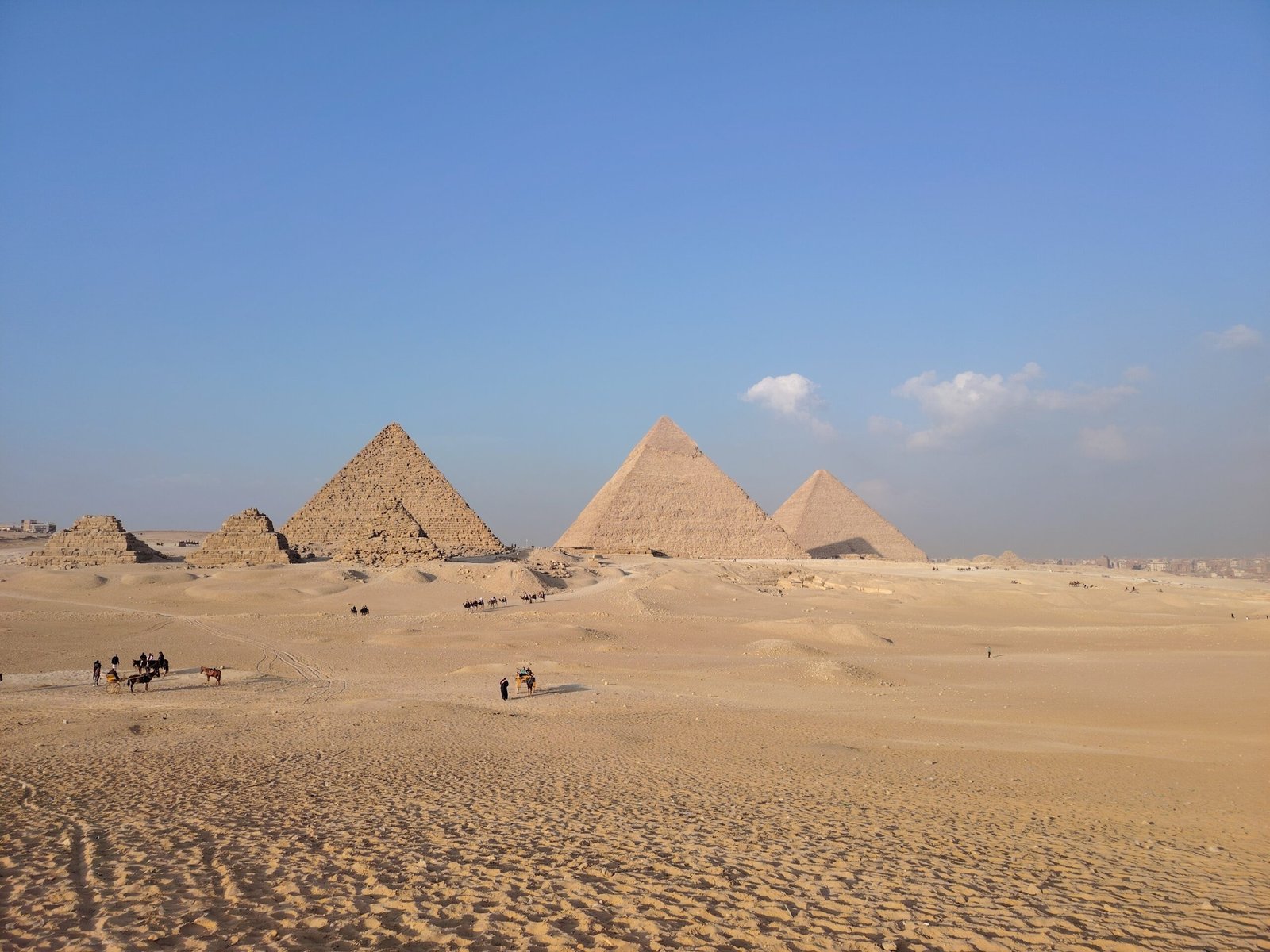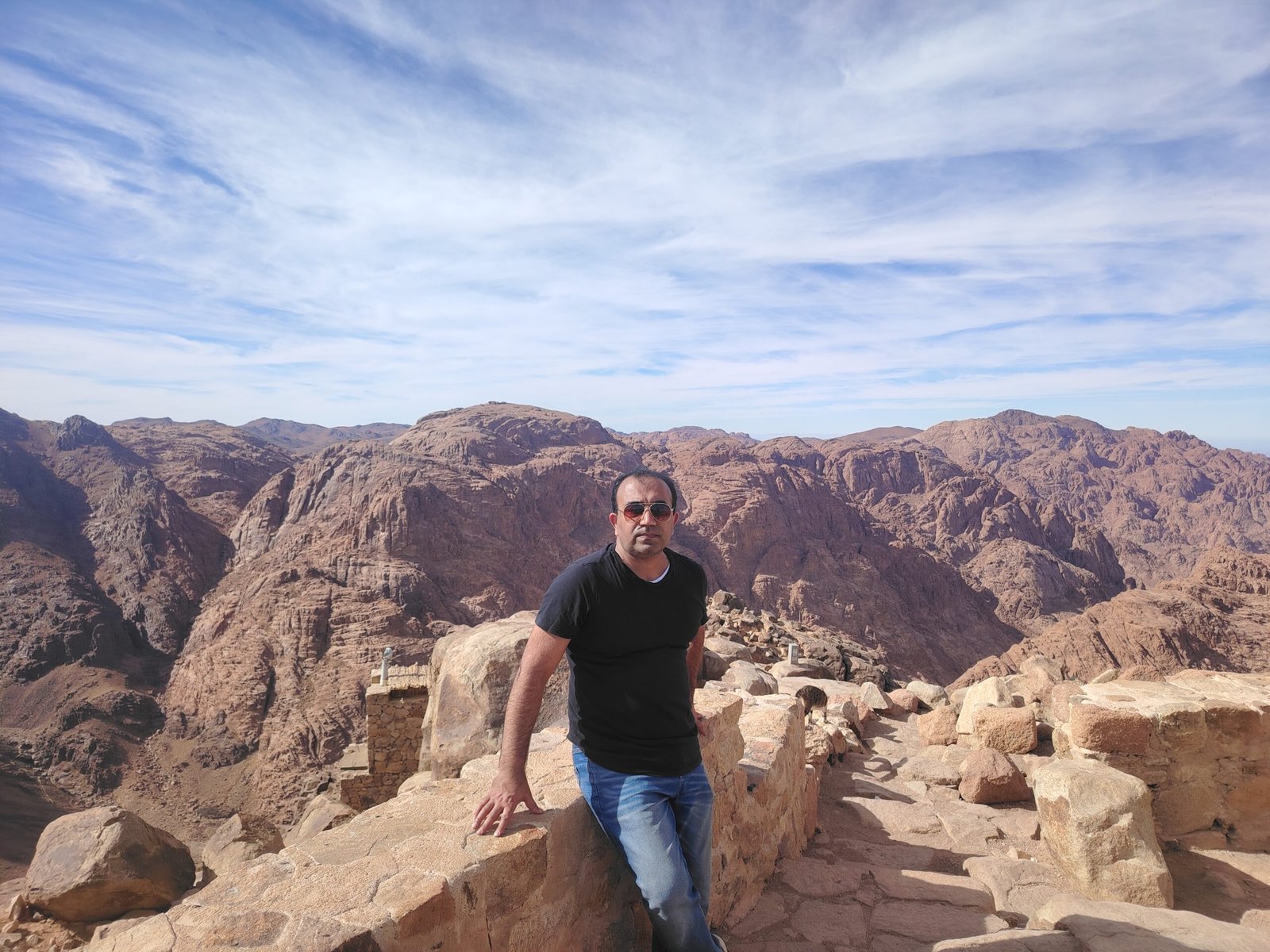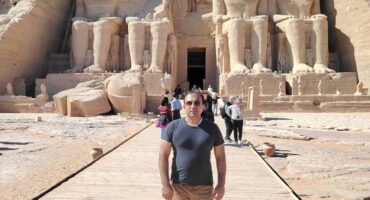Egypt
Egypt
Key Facts
Location and Size:
Egypt is located in North Africa, with the Sinai Peninsula extending into Asia, making it a transcontinental country. It covers approximately 1 million square kilometers (386,000 square miles).
Religious Significance:
Home to over 110 million people, making it the most populous country in the Arab world. Cairo, the capital, is the largest city in the Middle East and Africa.
Languages:
Arabic is the official language, with English widely understood in urban and tourist areas.
Population:
Home to over 110 million people, making it the most populous country in the Arab world. Cairo, the capital, is the largest city in the Middle East and Africa.
Weather:
Hot desert climate, with extremely high temperatures in summer (June–August). Winters (December–February) are mild and ideal for travel.
Natural Wonders:
Nile River: The world’s longest river, central to Egypt’s history and agriculture. White Desert: A surreal landscape of chalk rock formations. Red Sea Coast: Renowned for its crystal-clear waters and coral reefs, ideal for diving and snorkeling.
Historic Landmarks:
Pyramids of Giza and the Great Sphinx: One of the Seven Wonders of the Ancient World, dating back over 4,500 years. Luxor and Karnak Temples: Magnificent temples dedicated to Egyptian gods. Valley of the Kings: Burial site of pharaohs, including Tutankhamun’s tomb. Abu Simbel Temples: Monumental temples built by Ramses II.
Transportation:
Efficient but expensive trains connect major cities like Cairo, Luxor, and Aswan. Minvan and Bus services across the country. Careem and Uber are widely available in urban areas.
Economic Indicators
Economic Status:
- Egypt has a mixed economy and is classified as a lower-middle-income country.
- GDP (2024 estimate): $490 billion (nominal).
- GDP per capita: Approximately $5,000 (PPP).
Key Industries:
- Agriculture (cotton, rice, wheat), tourism, and energy (oil and gas).
- The Suez Canal generates significant revenue (around $9 billion annually).
Exports:
- Key exports include crude oil, textiles, natural gas, and agricultural products.
- Major trading partners: European Union, China, and Gulf countries.
Tourism:
- Tourism contributes roughly 10% of GDP, driven by iconic landmarks like the Pyramids of Giza and Red Sea resorts.
- Egypt receives over 13 million tourists annually, making it one of the top destinations in the Middle East and North Africa.
Currency:
- Egyptian Pound (EGP).
Unemployment and Workforce:
- Unemployment rate: Around 7% (2024).
- Workforce: Concentrated in agriculture and public sector jobs.
Poverty:
- Around 29% of Egyptians live below the national poverty line, with rural areas experiencing the highest rates.
- Economic challenges such as inflation and stagnant wages exacerbate living conditions for low-income families.
Economic Challenges:
- High public debt, reliance on food imports, and rapid population growth strain economic resources.
My Travel Chronicles- Egypt




